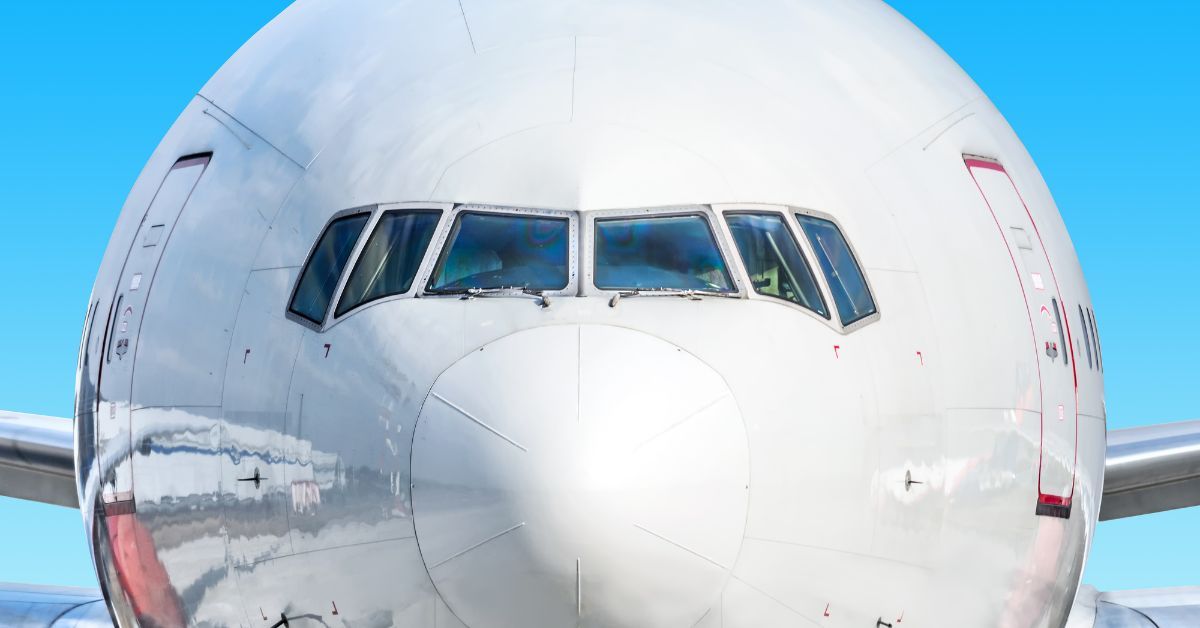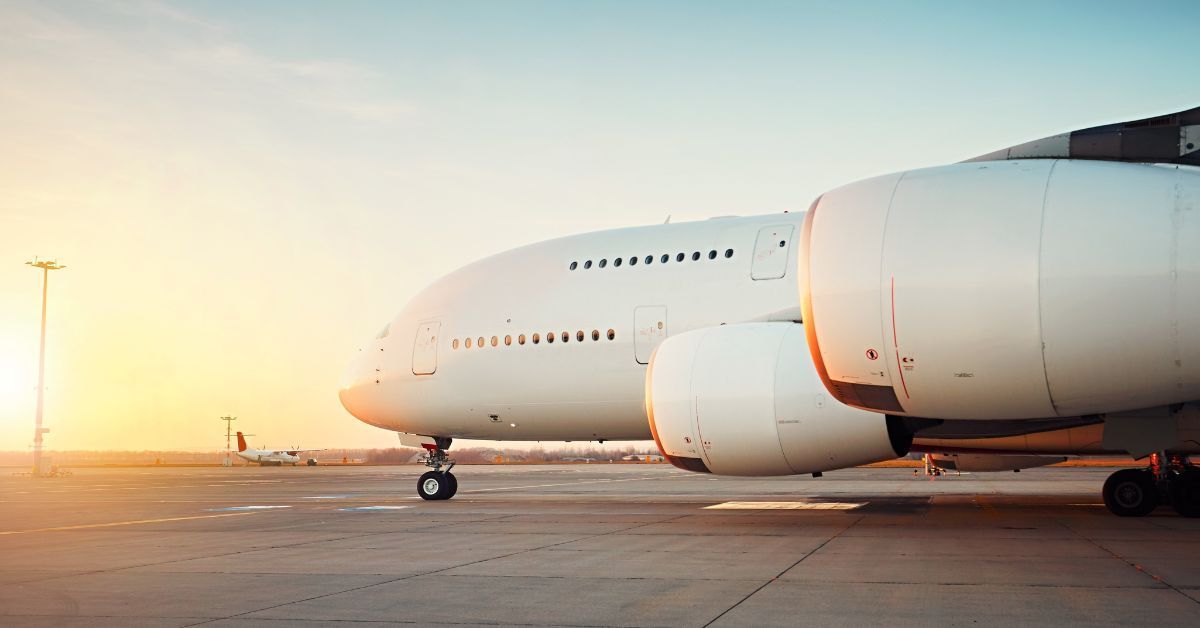Multi-Engine Rating Explained: Everything You Should Know

Soaring through the skies in an aircraft that boasts not just one but multiple engines is an amazing experience for pilots. The thrill, the power, and the enhanced capabilities are what draw aviation enthusiasts to pursue a multi-engine rating.
This certification is a significant milestone for aspiring pilots, as it opens the doors to more advanced flying opportunities in a broader range of aircraft. Today, we’ll explain everything you should know about a multi-engine rating, including why it matters and how it can shape your aviation career.
The Basics: Definition, Eligibility, and Requirements
A multi-engine rating is an additional certification that a pilot can earn after obtaining their private or commercial pilot’s license. It allows pilots to operate aircraft with more than one engine, which requires a different set of skills and knowledge compared to single-engine planes. Aspiring pilots must hold at least a private pilot’s license to be eligible for a multi-engine rating.
The training process for a multi-engine rating is more intense than that for a single-engine certificate. Pilots must demonstrate proficiency in various maneuvers, understand the complexities of multi-engine systems, and learn to handle emergencies specific to multi-engine aircraft. The requirements include a combination of ground school instruction and practical tests designed to ensure pilots can confidently handle the demands of flying multi-engine planes.
The Training Process: Ground School and Flight Training
Ground school is the foundation of any pilot training program, and it’s no different for a multi-engine rating. Pilots learn about the principles of flight, aerodynamics, engine systems, and emergency procedures specific to multi-engine aircraft in ground school. This theoretical knowledge is crucial for understanding how to manage the aircraft’s performance and handle any issues that may arise during flight.
Flight training is where the real excitement begins. Under the guidance of an experienced instructor, pilots practice takeoffs, landings, engine failure procedures, and other critical maneuvers. They learn to manage the aircraft’s engine performance and make quick, informed decisions. This hands-on experience is invaluable, as it builds the confidence and skills needed to safely operate multi-engine planes.
The next step in the training process is the practical test. This exam assesses the pilot’s understanding of the material covered in ground school and flight training. Successfully passing the practical test is a significant achievement, as it demonstrates that the pilot has the knowledge and skills required to safely fly multi-engine aircraft.

Real-World Applications and Benefits of Multi-Engine Rating
A multi-engine rating opens a world of possibilities for pilots. With this certification, pilots can operate more advanced aircraft that can carry more passengers and cargo, fly longer distances, and perform better in challenging weather conditions. This increased capability makes multi-engine pilots highly sought after in the aviation industry.
One of the key benefits of having a multi-engine rating is the increased safety margin. A multi-engine aircraft can continue to fly in the event of an engine failure, whereas a single-engine plane must land to prevent further damage or injury to all those in the aircraft. This redundancy provides an extra layer of safety and peace of mind for pilots and passengers alike.
Another advantage is the ability to fly more complex and high-performance aircraft. Multi-engine planes often have more advanced avionics, better handling characteristics, and greater speed and range compared to their single-engine counterparts. Therefore, pilots can broaden their horizons and take on more challenging and rewarding flying experiences.
Don’t worry; this doesn’t mean single-engine aircraft aren’t great machines, but flying multi-engine vehicles is another beast that requires pilots to hone their skills further. Learning everything you should know about multi-engine ratings is for pilots who are ready to take their passion for aviation and their careers a step further.
Career Opportunities for Pilots With Multi-Engine Rating
Earning a multi-engine rating can significantly enhance a pilot’s career prospects. Simply put, this rating gives you permission to fly aircraft you couldn’t pilot before. Moreover, airlines and charter companies typically require pilots to have this certification, as it demonstrates their ability to handle more complex aircraft and operations.
Thus, we must emphasize the importance of thorough preparation and practice. Seek quality instruction, dedicate ample time to studying and practicing, and always strive for excellence.
Corporate aviation is another field that highly values a multi-engine rating. Business jets and other corporate aircraft are typically multi-engine, and pilots who can operate these planes are essential for successful flights. This sector offers opportunities for pilots to work with high-profile clients, travel to exciting destinations, and enjoy a high level of job satisfaction.
Flight instruction is another potential career path for multi-engine rated pilots. Instructors with this certification can teach aspiring pilots how to fly multi-engine aircraft, sharing their knowledge and experience while helping others achieve their aviation goals. This role can be incredibly rewarding, as it allows pilots to give back to the aviation community and inspire the next generation of pilots.

Becoming an Experienced Multi-Engine Pilot
You now have a better understanding of what a multi-engine rating is and how to obtain it, but there is still some essential advice to address.
One common piece of advice is to focus on mastering the fundamentals. Understanding the principles of flight, engine systems, and emergency procedures is crucial for success. Staying current and continuing to build flying experience also helps maintain proficiency and confidence in the air.
Another key takeaway is the value of a positive mindset. The journey to a multi-engine rating can be challenging, but maintaining a positive attitude and staying motivated can make all the difference. Aspiring multi-engine pilots should always focus on their goals, celebrate their progress, and never lose sight of their passion for flying.
Next Steps for Aspiring Pilots
Obtaining a multi-engine rating is a significant achievement that opens a world of opportunities for pilots. It enhances their skills, increases their safety margin, and broadens their career prospects. Pursuing a multi-engine rating is a rewarding endeavor that can lead to exciting and fulfilling flying experiences for aviation enthusiasts and aspiring pilots.
Consider reaching out to a flight school or instructor who specializes in multi-engine training if you’re ready to take the next step in your aviation journey. They can provide you with the guidance, support, and resources you need to succeed.
At Arapahoe Flight Club, our multi-engine accelerated course will help you fast-track your journey to a rating today. With dedication, hard work, and a passion for flying, you can achieve your goal of becoming a skilled and confident multi-engine pilot.
